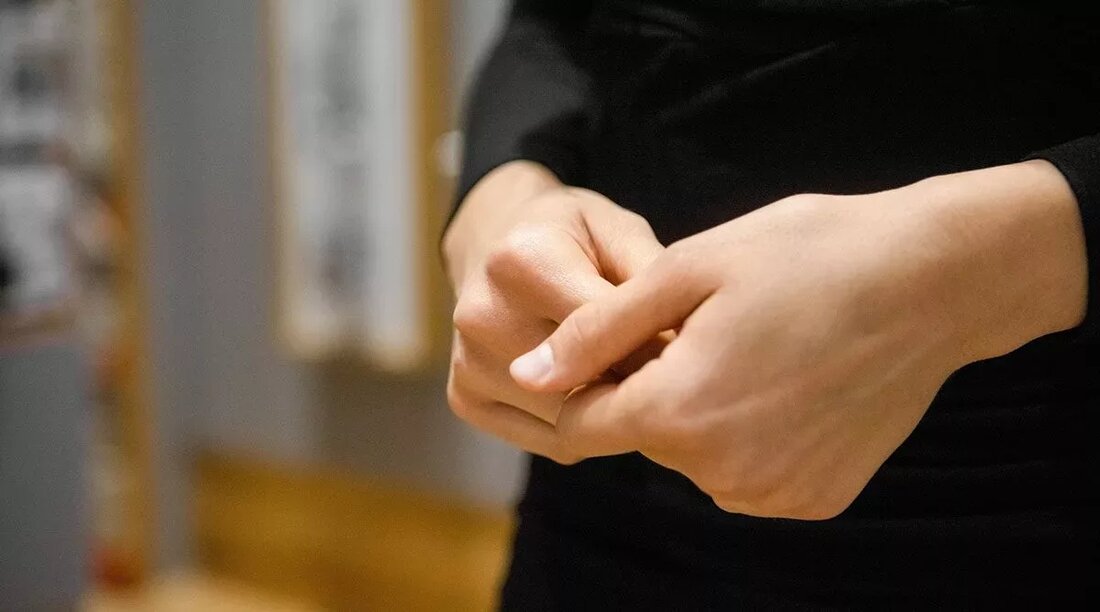Ericksonian hypnotherapy for the treatment of addiction
Dr. Milton Erickson, who died in the 1980s, was widely recognized as a leading practitioner of medical hypnosis. However, less known is Dr. Erickson's individual approach to psychotherapy and his early contribution to the understanding of neurolinguistic programming (NLP). The essence of Erickson's technique was to gently place the client into a hypnotic trance. Erickson's use of reframing (where metaphors such as "challenge" are used instead of "problem") and his use of tasks in which a client engages in activities prescribed to uncover hidden resources reflected his belief that people have extraordinary levels of unacknowledged and...

Ericksonian hypnotherapy for the treatment of addiction
Dr. Milton Erickson, who died in the 1980s, was widely recognized as a leading practitioner of medical hypnosis. However, less known is Dr. Erickson's individual approach to psychotherapy and his early contribution to the understanding of neurolinguistic programming (NLP).
The essence of Erickson's technique was to gently place the client into a hypnotic trance. Erickson's use of reframing (where metaphors such as "challenge" are used instead of "problem") and his use of tasks in which a client engages in activities prescribed to uncover hidden resources reflected his belief that people possess extraordinary levels of unrecognized abilities and unrecognized personal resources.
Unfortunately, hypnosis has long suffered from the suspicion of the uninformed and its use has been inhibited for the prevention of smoking and a limited number of habitual disorders. The limited research that has been conducted has found that hypnosis, when used as a technique to treat addictive behavior, allows for greater self-control and self-discipline. It also interrupts the usual behavioral patterns, allowing healthier alternatives originating from the subconscious to intervene and bringing the client a deeper level of emotional satisfaction.
Clients referred to me are typically in a state of significant confusion. Therapy begins immediately with the collection of sensory-specific information, combined with constant reframing, along with creative visualization and hypnosis to reduce stress levels.
Tasking has been used extensively by therapists to limit alcohol consumption and to change established habits. Individuals go through a number of recognizable stages in their decision to break a harmful habit, namely:
Preview:
The person is looking for information about the harmful effects of alcohol consumption. Sometimes the risk is acknowledged, but there is no serious desire to change.
Contemplation:
The person has the relevant information and has considered it, but needs further facts about damages, costs and reasons for a change.
Action/Maintenance:
However, individual attempts to reduce alcohol consumption may require significant support.
Significant changes in harmful and destructive behaviors can be achieved through hypnotherapeutic reframing of specific events through age regression, engaging the client's needs at appropriate cognitive emotional levels, unifying ego states through arm levitation, and building anticipation for a successful present and future through pseudo-orientation in time methods.
To illustrate this process, the following case study demonstrates the broader principles of the Erickson Technique adapted to treat addictive behavior.
"Mr R, a 28-year-old married man with two children, was referred to me by his psychiatrist. His problems included a long history of drug and alcohol abuse, leading to drug-related legal problems, combined with long-standing marital problems. He lacked self-esteem and self-confidence, had no real goals in life and was unable to relax.
The client was in a depressed and lethargic state and frequently referred to his lack of energy and persistent lack of success.
The treatment plan was essentially two-fold:
1. The psychiatrist administered 60 mg of methadone per day and also carried out relapse prevention.
2. I performed Ericksonian hypnotherapy in conjunction with cognitive behavioral therapy, which highlighted the client's denial of alcohol-related problems and lack of assertiveness.
Reframing began with exploring his skill base. The subtle use of a possible framework helped identify several skills related to his craft as a carpenter.
Hypnosis and the use of arm catalepsy suggested strength and direction, while the hypnotic state immediately reduced the client's anxiety levels. During hypnosis I used a metaphor with a wise old man. As the client's trance deepened, "Wise Old John" presented a gift that was secret between him and the client. This metaphor seemed to have a positive effect on the client.
During the final part of therapy, I used various NLP techniques, including a six-step reframing that resulted in optimism and self-esteem.
Self-hypnosis appeared to blunt Mr. R's excessive cravings while continuing to address the reality of his previous condition in a positive cognitive-behavioral manner.
It remains to be seen whether Mr. R's progress can be maintained, but he has remained free of drug and alcohol abuse to date. This is particularly significant since prior to treatment he reportedly could not last 18 hours without resorting to alcohol or drugs. The client's relationship with his wife has also improved and he has become more confident and assertive.
Not every case that is presented to me has such a successful outcome; relapses and disappointments are a part of life. Unfortunately, there has been a rapid increase in the incidence of addiction and some hit and miss success rates. In my own experience, physical, psychological and social deprivation are common features of drug and alcohol abuse, plus personal trauma and the individual's emotional needs. The “traditional” treatments of psychotherapy, counseling and detoxification have their crucial roles, but the disappointing success rates suggest that these boundaries should be pushed further. Significantly, the few who have successfully followed Ericksonian ways have themselves been rejected by these conventional treatments. I look forward with optimism to a gentle breakthrough for some others!
Alternative practitioner psychotherapy
The best place to find alternative practitioners psychotherapy is in our free alternative practitioner directory. To view all alternative psychotherapy practitioners, please click here.

 Suche
Suche
 Mein Konto
Mein Konto
